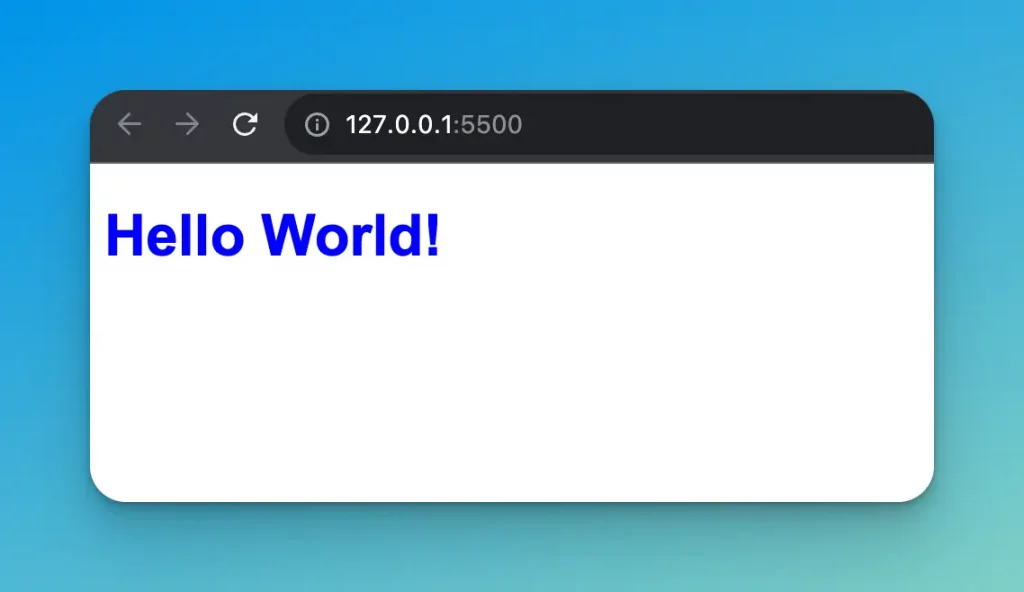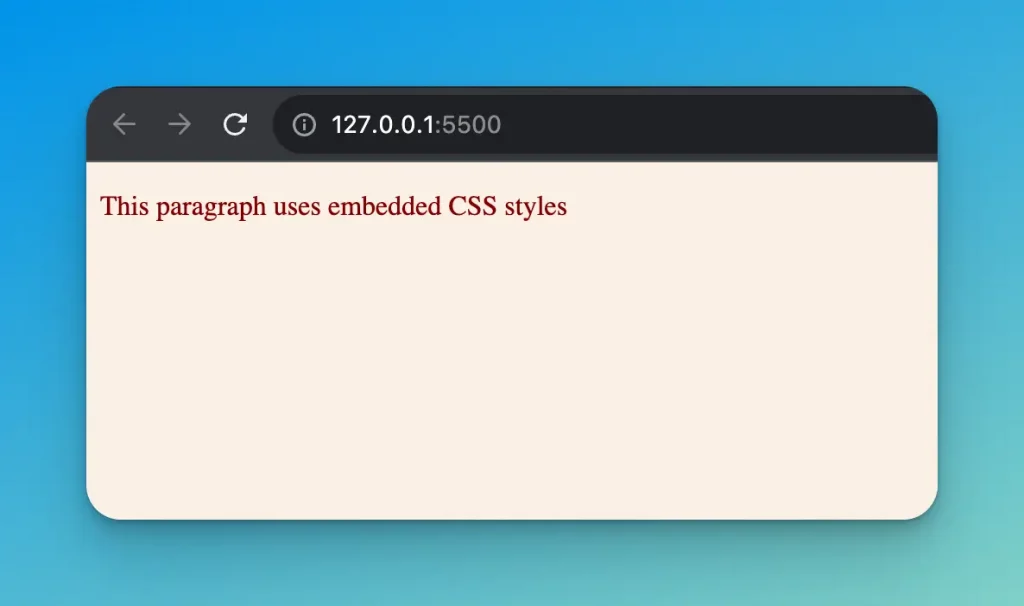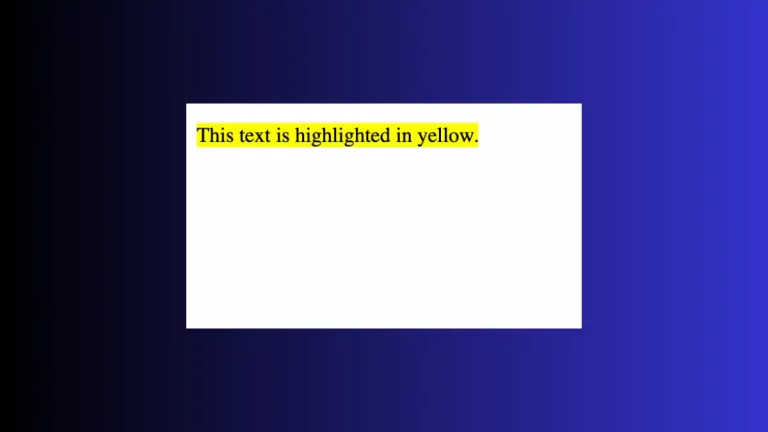How to Link HTML and CSS: A Comprehensive Guide
HTML and CSS work hand in hand to build websites. HTML provides the structure and content, while CSS handles presentation and styling. But how exactly do you connect the two together?
Properly linking CSS to HTML can sometimes confuse developers. This guide covers various methods to link CSS and HTML in step-by-step detail for seamless and effective styling.
Overview of Available Linking Methods
Before diving into specifics, let’s briefly define the main ways to link CSS and HTML available:
- External CSS – Linking a separate .css stylesheet file from within the HTML head. Keeping CSS external in its own file instead of embedding directly in HTML is the preferred best practice.
- Embedded CSS – Adding CSS directly within HTML elements, usually the head or body, via the style tag. Not recommended for production sites since it intermingles content and presentation. Useful for tests and quick examples.
- Inline CSS – Applying CSS directly to specific elements as a style attribute value. Helpful for one-off exceptions, but makes CSS harder to manage for an entire site so use judiciously.
No matter the mechanism, the key focus centers on connecting identified elements in HTML with CSS selectors to change element appearance and behavior in the rendered page. Now let’s walk through each linking option in greater detail with coding examples…
Link External CSS Stylesheets
The cleanest method for adding CSS involves housing styles in a separate .css file and connecting it to HTML pages through a link element. Here is a complete rundown to properly link an external stylesheet:
Create the CSS file
First, make a new .css file to hold CSS styles and save it in the same directory as your HTML files. Give it a descriptive name like style.css.
Add CSS rules
Within the new stylesheet, write CSS rules to target HTML elements and style them as needed for presenting content. For example:
body {
font-family: Arial, Helvetica, sans-serif;
}
h1, h2 {
color: blue;
}Link CSS file in HTML head
Next, open your base HTML file and add a link tag within the head section pointing to the new css file location:
<!DOCTYPE html>
<html>
<head>
<link rel="stylesheet" href="style.css">
</head>
<body>
<h1>Hello World!</h1>
</body>
</html>Using the link tag versus other methods keeps CSS separate improving site maintenance and page load speed.
Refresh HTML page
Save all files and refresh the HTML page in your browser. The linked stylesheet should now apply its CSS styles to correctly alter elements’ appearance:

The h1 text color changes to blue and inherits the site-wide Arial font. External linking works!
Troubleshooting Tips
If styles fail to apply as expected, double check:
- Is the CSS filename and extension correct?
- Is the href path right for the .css location?
- Did you remember to close both opening and closing brackets in CSS rules?
- Are CSS selectors correctly targeting intended HTML elements?
- Clear browser cache if necessary
Advantages of External CSS Linking
Beyond a clean separation of concerns separating structure from style, using external CSS stylesheets offers other benefits:
- Site-wide styles stored centrally speed up maintenance
- CSS caching improves page load performance
- Media-dependent stylesheets easily tailored for mobile
- Future HTML pages link the same .css for consistency
For optimum organization and efficiency, external linked CSS files should form the foundation of site styling paired with sensible use of embedded or inline CSS where extra targeting proves necessary.
Embed CSS Internally
In some situations, embedding CSS directly within HTML instead of linking externally has advantages. Common examples include:
- Email design requiring CSS be kept in line to consistently style across clients
- Prototyping HTML pages where speed trumps organization
- Quickly overriding external or user agent styles for unique styling needs
There are a few options for internally embedding CSS within HTML:
Add a Style Element in Head
The simplest approach embeds a style tag containing internal CSS rules inside the head section. For example:
<!DOCTYPE html>
<html>
<head>
<style>
body {background-color: linen;}
p {color: maroon;}
</style>
</head>
<body>
<p>This paragraph uses embedded CSS styles</p>
</body>
</html>Here the style tag houses CSS to set defaults for all body and p elements respectively. The page renders with a linen background and maroon paragraph text based on those nested CSS rules.

Use a style Tag in Body
Alternatively, CSS can be defined in a style tag placed within the HTML body section rather than head. So this remains valid:
<!DOCTYPE html>
<html>
<head>
<title>CSS Embed Example</title>
</head>
<body>
<style>
p {
text-align: right;
color: darkblue;
}
</style>
<p>This paragraph aligns right with darkblue text.</p>
</body>
</html>Defining CSS internally either in the head or body functions the same. The only difference lies in best practices for readability and validation based on separating content from presentation.
When to Use Internal Embedded CSS
Internally embedded CSS offers more limited niche utility best leveraged in scenarios like rapid prototyping, overcoming conflicts, adding site sections with unique styling needs, and crafting HTML emails to provide consistent styling across messy clients. Think judiciously when embedding CSS instead of linking externally.
Inline CSS with Style Attribute
The final option for incorporating CSS lies with inline styles directly targeting individual elements through HTML style attributes. Some examples:
<p style=“color: orange; font-size: 20px;”>Paragraph styled inline</p>
<div style=“background-color: #771100”>This div changes background color</div>Inline CSS styling sets preferences exclusively for that element occurrence alone. Unlike embedded CSS targeting all p or div elements site-wide, inline only affects that specific block.
Proper Use Cases for Inline CSS
Inline CSS makes sense for unique one-off situations like:
- Testing styles temporarily before moving CSS externally
- Overriding higher cascade order embedded/external CSS
- Email HTML templates requiring CSS inline
- Landing pages with special styling needs
Besides those specialized scenarios, lean away from heavy inline CSS use without good reason. Too much intersperses style amongst content harming readability, reusability and maintenance.
When working inline, focus on adding only essential CSS directly applied to elements needing exceptions. Avoid tackling full styling complexity inline. Instead, offload global styles into external stylesheets and use internal embedding judiciously where necessary.
Connect CSS and HTML via Best Practices
Now that you understand the three main methods for integrating CSS with HTML documents, what constitutes proper usage? Here are some best practice guidelines:
External CSS sheets should form the default styling in nearly all cases with the link element connecting the .css file from the HTML head section. This separates presentation from content improving flexibility.
Reserve embedded CSS for limited specialized situations like HTML emails or prototypes where speed trumps strict separation of concerns. Avoid embedded broadly across production sites.
Use inline CSS sparingly when requiring exceptions to higher cascade order external/embedded CSS. Inline styles impact specific elements without polluting global CSS. But try extracting reusable rules into external stylesheets as much as possible.
Preserve CSS delivery optimization by linking stylesheets before other CSS rules so they download in parallel with HTML. Move embedded CSS up the head while reserving inline usage only when necessary.
Double check page presentation matches styling intent through CSS validator tools and across browsers. Don’t assume CSS correctly selects and styles all elements.
Refactor bloated CSS using methodologies like BEM or OOCSS for cleaner structure aligned with site information architecture. Modular CSS scales better as sites grow.
Follow standards for consistent CSS rule formatting, thorough commenting explaining design decisions, and semantic naming conventions (e.g. header vs .site-header) so other developers can easily maintain stylesheets.
By separating HTML structure from CSS presentation, you build resilient sites that better withstand evolving design preferences and trends. Connect the two languages cleanly through external linkage, judiciously embed CSS where helpful, and limit inline styling to exceptions. Now you’re ready to properly link CSS and HTML!




